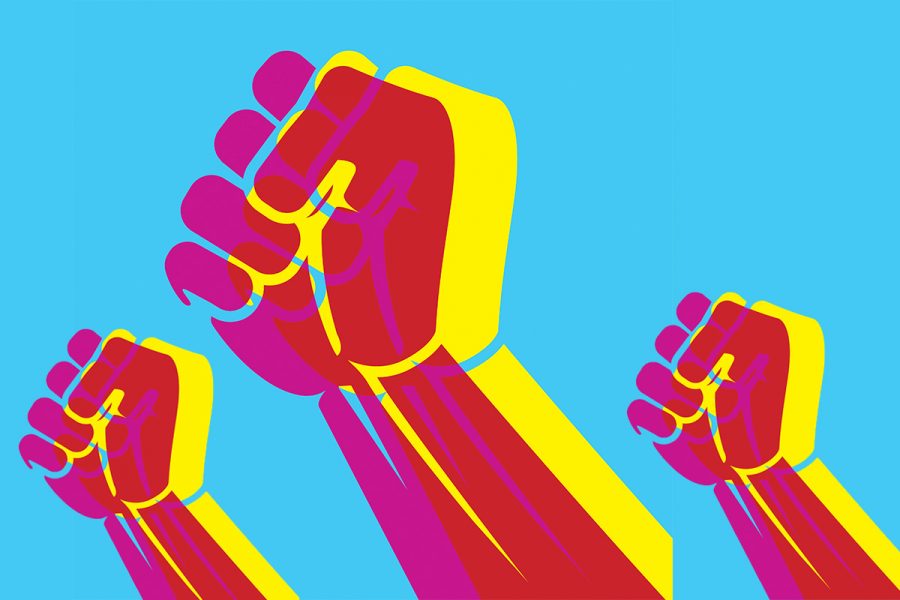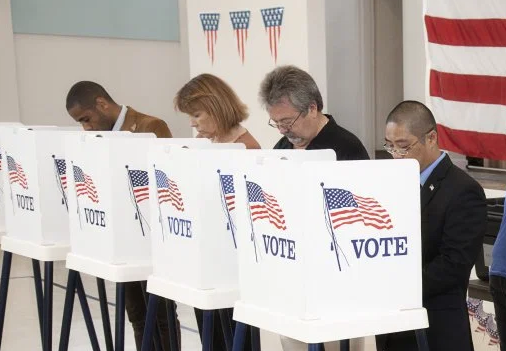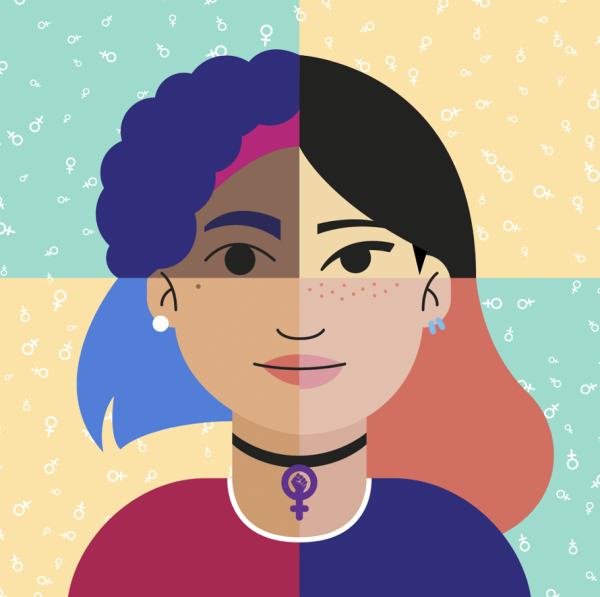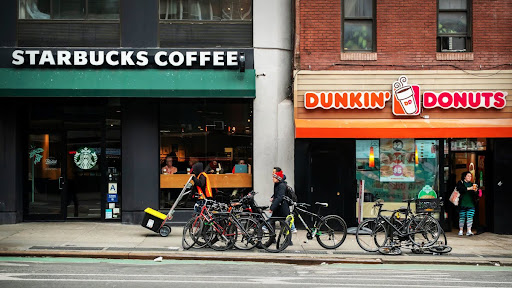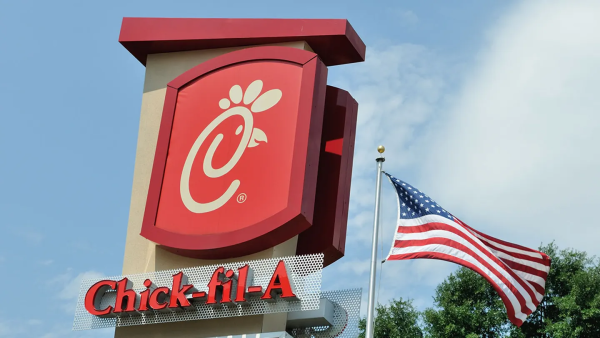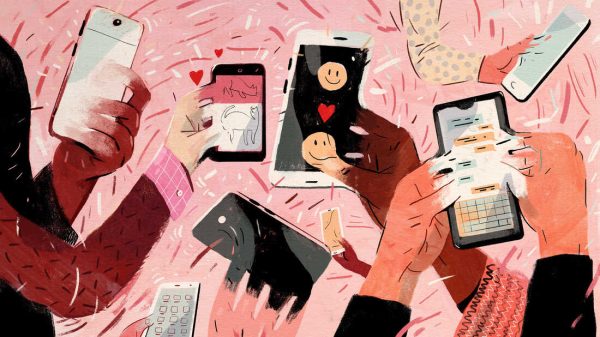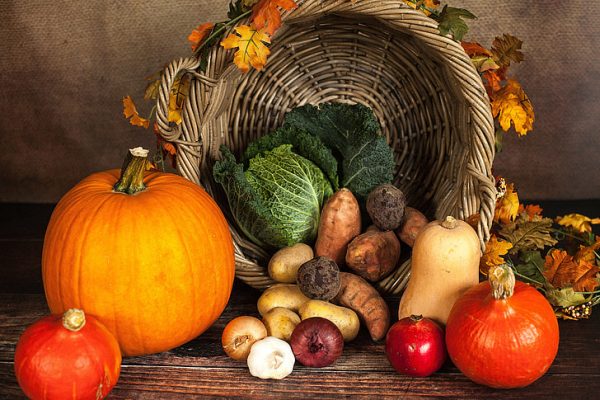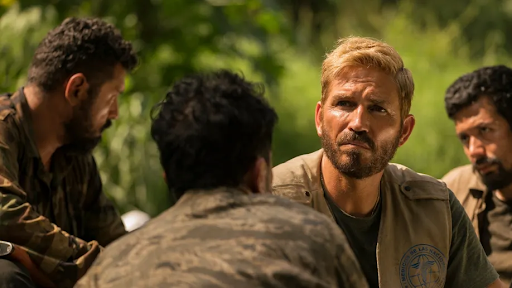#BlackLivesMatter: Resources and How YOU Can Help
If you have been paying even minimal attention to the news in the past few weeks, you’ve probably noticed the outbreak of protests across our nation and our world related to instances of police brutality and racial inequality. Sparked by the death of individuals like George Floyd, Breonna Taylor, and Ahmaud Arbery at the hands of some law enforcement officials, hundreds of thousands have taken to the streets in support of the #BlackLivesMatter movement. Though some BLM protests have been associated with violence and looting, they are an organization that preaches peaceful protest and reform. On the BLM website, the organization said: “We intentionally build and nurture a beloved community that is bonded together through a beautiful struggle that is restorative, not depleting… We practice empathy. We engage comrades with the intent to learn about and connect with their contexts.” The heart of the movement is simple: to promote racial equality and racial justice in the US and around the world (Black Lives Matter Website). We have been researching widely to share this information-rich guide to our discoveries based on political advocacy. Please note: our goal is to share our discoveries based on our developed viewpoint and not to tell anyone what views to hold or how to act. This is our shared journey.
Are you confused about what #Black Lives Matter entails and how you can help? Need resources to learn more? Are you interested in becoming more involved in the movement but don’t know where to start? Check out these six ways to learn more about and support the BLM movement. While posting #BlackLivesMatter or a black square on social media is important to raise awareness and show support (link to Black Out Tuesday Info and More Info/Opinions), we must also remember that this movement is deeper than just a trend. It is important to know how to take action in a more tangible way, and opportunities to do so are provided by the resources below.
Donations
We’ve all heard the saying ‘money talks.’ Causes affiliated with the BLM movement are no different in that aspect. Any money you donate, from a small to a large amount, contributes to the success of the movement and can go toward causes like reducing mass incarceration and helping support and amplify black voices. Here are two excellent places to donate:
- National Bailout Fund – This organization pays for incarcerated individuals who cannot afford bail and provides resources to support them. At this time, incarceration is especially dangerous as the COVID-19 crisis has made jails hotspots of disease transmission.
- NAACP Empowerment Program – This program supports education and advocacy. The goal is to end racial hatred and discrimination as well as work toward social and economic racial equality.
Petitions
Petitions represent the support of a group of people for an important issue. By signing petitions that demand change, you pressure officials to enact reform in our country’s policies. Here are a couple links to petitions you can sign:
- Article Leading to Several Credible Petitions – This article leads to links for several petitions on Change.org to specifically demand justice for victims such as Emerald Black Ahmaud Arbery, and Breonna Taylor.
Support black businesses owners and black creators
Look at items you usually buy (your style in clothes, makeup, and other online services) and search “black-owned ___ brands” so you can try spending your money there instead.
- Black Owned Beauty Product Brands – This in an article that leads to links to black owned beauty companies such as Mented and Epi. Logic.
- 68 Black-Owned Fashion and Beauty Brands – More brands you can support.
- Black Owned Businesses – Here is a link to several black owned businesses around the Boston area. Whether for a clothing brand or a bookstore, let’s go show our support!
Educate yourself and keep up with the news!
Books:
- How To Be Antiracist by Ibram X. Kendi – This book examines racial justice in America in new ways and introduces ways to build and work toward an antiracist society.
- So You Want to Talk About Race by Ijeoma Oluo – This book stresses the importance of intersectionality, affirmative action, and more to ultimately underscore the necessity for open and honest conversations about race and racial justice.
- The New Jim Crow: Mass Incarceration in the Age of Colorblindness by Michelle Alexander – Through an in depth historical analysis of the United States correctional system’s deliberate efforts to control blacks by imposing legal restrictions, this book elaborates on mass incarcerations within the country.
- The Hate U Give by Angie Thomas – While 16-year-old Starr Carter attends a predominantly white high school, Williamson Prep, she lives in a primarily black, blue collar neighborhood where she experiences the firsthand effect that police brutality can have on an individual and a community. There was also a movie produced in 2018 that is based on this young adult book.
- To Kill a Mockingbird by Harper Lee – To all Montrosians who were here in 8th grade, you have definitely read this book. A historical fiction novel told in the perspective of 5-year-old Scout Finch, this book illustrates the racial prejudices during a time of segregation. PLEASE NOTE: This book was written by a white author in 1960.
- The Lions of Little Rock by Kristine Levine – A historical fiction novel taking place in Little Rock Arkansas in 1958 where 12-year-old girl, Marlee Nisbitt, meets Liz Fullerton, a black girl who passes as a white student at her school. Marlee and Lizz’s friendship develop while encountering societal racial biases and the school shuts down in efforts to block desegregation.
Videos
A great way to educate yourself is to watch videos and try to gain a better understanding of the movement. Here are videos to watch:
The ad revenue from this video goes directly to programs for uplifting black youth, bail funds, and other BLM causes: Watch Video To Donate
- More Videos – here is a link to an article with access to many more YouTube videos!
Join protests
- Make sure you know your rights – Know what you can and can’t do at a protest, and know what to do if a police officer is aggressive toward you or detains you. YOU HAVE RIGHTS! Don’t be afraid to exercise them.
- Article on protester’s rights: https://www.aclu.org/know-your-rights/protesters-rights/
- Article on what you can and can’t do as a protester (good supplement to first one): https://www.cnet.com/how-to/black-lives-matter-before-you-protest-know-your-rights/
- Make sure you wear proper protection/ dress appropriately, and always keep your personal safety in mind. This goes especially if you are in a large area with higher risk of the protest becoming violent on either side. Here is an article with tips on how to stay safe, dress protectively, and much more: https://www.self.com/story/protest-safety
Talk to someone about your thoughts/ learn about others’ thoughts and experiences
At a time like this, the most important thing we can do is listen to each other. The only real way to further your understanding in things is to take an active role in the #BLM Movement and try to further your understanding and knowledge. Educate yourself on racial issues and make sure you understand where your facts are coming from. Talk to friends and have those tough conversations with family members. While it may be difficult, remember that it’s supposed to be. No change has ever come easy, but actively engaging in the present is the best way to form a better future for everyone. Seek out people who are different from you and learn from them. Just talking and coming from a place of open-mindedness and respect can make a world of difference. And if we start small, with just our surrounding communities, we can all make a real change in the long term.
How to Participate within the Montrose Community
Currently, as a way to bring the BLM movement to Montrose, we are creating a video of the Montrose community that will bring some action to our words. The video will educate people about the nature of BLM but at the same time be a safe place to learn and admit reactions, fears, and questions about the current state of our country.
Here’s how you can help:
Take a short video of yourself saying one word/phrase that describes your emotions or reactions towards BLM or the deaths. What was your first reaction to hearing of these victims? What are your hopes? What are your fears?
Art is an important outlet of emotions and learning. Students and faculty have the option to:
- Write poetry or short stories! We suggest that they should be BLM-orientated or even just of your hopes and/or reactions to the current events.
- Draw or paint or do whatever your heart is telling you. Again, BLM-orientated or something relating to the current events.
Check out resources to find more ways YOU can support this movement:
Emma Barry ’22, News Editor and Faith Chen ’22, Assistant Copy Editor
22ebarry@montroseschool.org, 22fchen@montroseschool.org

